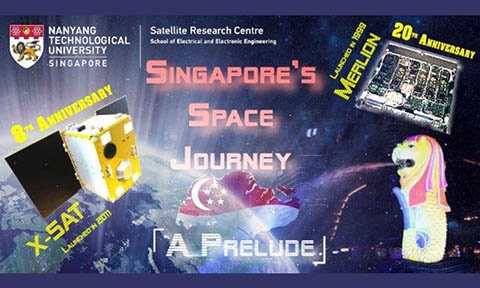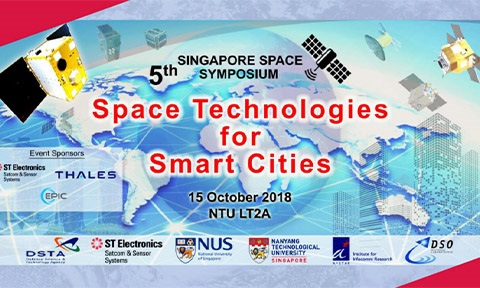NTU EEE develops imaging radar for satellites that can capture high-res images in any weather, day or night

The synthetic aperture radar (SAR) can surveil any terrain through the thick dust and ash to locate survivors. This technology will allow search and rescue operations by air to continue even when hampered by visibility. Unlike conventional optical cameras, the radar captures non-visible information such as ground soil types, the speed of vehicles, and even minute movements of tectonic plates.
The prototype is about the size of a volleyball, much smaller than other SARs. Professor Lu Yilong, from the School of Electrical and Electronic Engineering, who also led the development of the radar, said the radar is also light, thus optimised for drones and microsatellites (under 150 kilograms) and has already attracted industry interest.
Microsatellite- SAR also cost a fraction of conventional big satellite-SARs. The reduced cost means it is possible to launch multiple sets, which can be controlled by one person and enable a faster retrieval of data. Such data would be a boon for various fields, especially meteorological stations that monitor earthquakes and trigger advance warning systems ahead of forecasted catastrophes.
Professor Yoon Soon Fatt, Chair of NTU’s School of Electrical & Electronic Engineering, said, “The School of Electrical and Electronic Engineering is the largest engineering school in NTU. We work closely with industry leaders and currently have 4 corporate laboratories with Rolls Royce, SMRT, ST Engineering and Delta Electronics. Being a research intensive school, we strive to ensure that our research is translational. This new partnership will enable ideas nurtured at our Satellite Research Centre (SaRC) to take flight and our students get to play a role in its development. SaRC has successfully built, launched and operated seven satellites in space for the last seven years, and we believe this radar technology will be a game changer for the space industry.”







